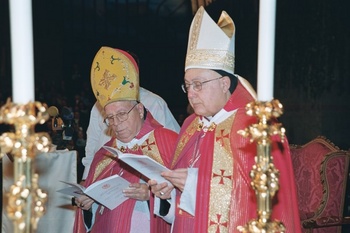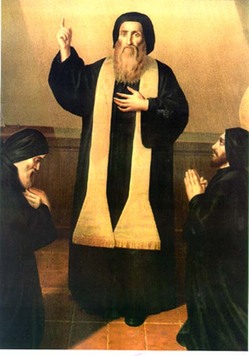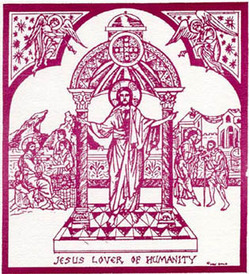In the days
since Christmastide mysteries of faith many theological matters come to mind in
knowing Jesus. All of the spiritual masters tell us that it’s crucially
important for us to come to personally know Jesus Christ, our Lord, in his true
light. The image of Christ as a light is reinforced in the baptismal rites
where we talk about the sacrament bringing us into inexpressible light. It is
also recalled in the Creed. Our enlightenment into the mystery of Jesus’
divinity continually needs our reflection, especially when the gospels of the
Transfiguration and the Resurrection are proclaimed. As Jesus is transfigured
and resurrected, so us: are Children of the Light. We know that Jesus really
lives in the light of the Trinity. There, the ultimate grace given by God the
Father is having Jesus revealed to us in his true Light. The recognition
(awareness) of this grace can only be given to those who are willing to ask for
it: “ask and it will be given to you,” the Lord says.
The Maronite Church
proclaims the joy Christmas and the belief in Christ as Light of the Cosmos at
the Sedro for the Sundays of Epiphany:
You have clothed us with your baptism: the robe of glory and the seal of the
holy Spirit. You have called us to be spiritual children through our second
birth in baptism.May the Light of Christ, the Risen Lord, continue to be the Light
of our lives every day; May it
never leave any corners of darkness in us untouched; May the forgiveness and
healing his Light brings fully transform us; That we too, the children of the
Church, may truly become the Light of Christ for the world, as we pray before
the altar at the end of our Eucharistic Celebration.







